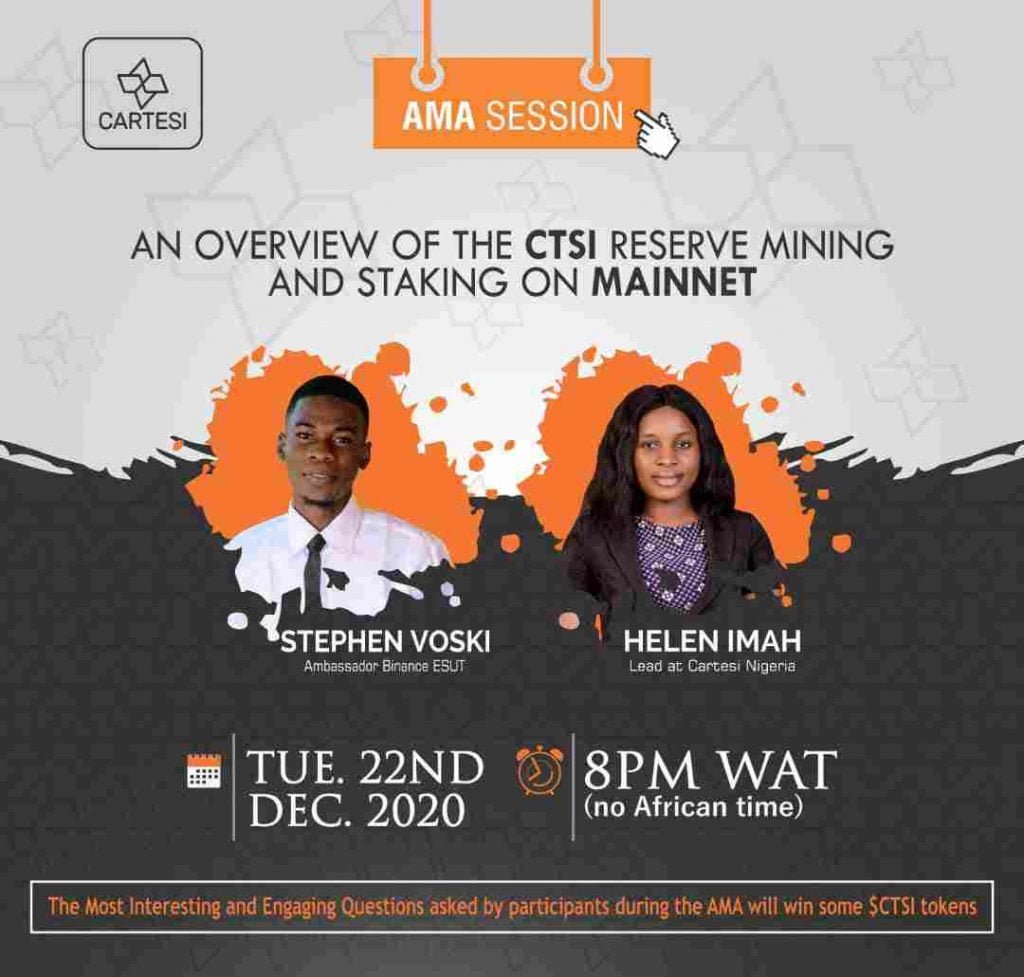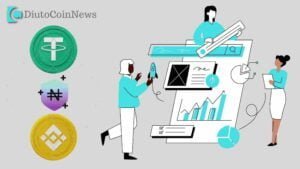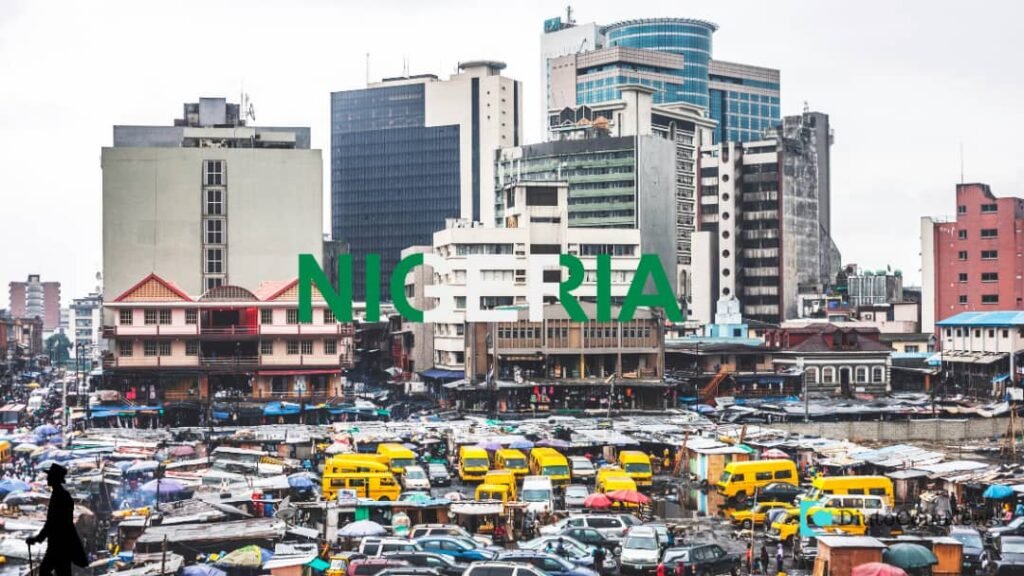
We’ve recently conducted an AMA event in Binance ESUT, an active Nigerian Crypto Community on WhatsApp. The AMA session was held with Helen IMAH, Lead at Cartesi Nigeria and moderated by the host, Stephen Voski.
Helen was able to discuss the promising future plans of Cartesi, especially how it works with the CTSI Reserve Mining and Staking on Mainnet.
Some of the questions, answers, responses and sequences may have been edited or modified for clarity and readability.
We present the Recap:
Voski: So with me here I have Helen, Lead at Cartesi Nigeria.
Helen – It’s an honor to do this here tonight. Thanks for having me.
Q1: Can you tell us a little bit about yourself please and how you started out in crypto generally?
Helen – I’m Helen IMAH by name, a Computer Scientist, Digital Marketer and of course a Blockchain enthusiast. I started my crypto journey in the year 2015, then I was still an undergraduate. I read articles and watched youtube videos around blockchain/cryptocurrency.
Fast forward, in 2017, I became ICO (initial coin offering) investor, which led me to crypto trading and now I represent notable blockchains as brand ambassador. Of the truth, it has been an interesting journey so far.
Q2: Please can you tell us a bit intro on Cartesi, their aim and objectives?
Helen – Cartesi is building an operating system for DApps. The project enables complex and intensive computations to run in a Linux environment, outside the blockchain, without compromising decentralization.
Cartesi aims to make DApps significantly more powerful, cost-effective, easier to develop, and portable.
At Cartesi, we empower DApp developers by helping them build products that are ever more compelling to users, bringing us all closer to a future in which decentralization becomes less burdensome.
In other words, Cartesi is being developed so as to close the gap between centralized and decentralized applications, both in terms of possibility, convenience and security.
Q3: What does the Cartesi project serve for Nigerians?
Helen – Nigerians do have an equal chance of participation in the Cartesi ecosystem, may be as; developers, investors, partners, traders, and so on.
An individual can decide which aspect he/she best fits in after being acquainted with the ecosystem, at least to a good extent.
Q4: Can you please tell us a bit about the Cartesi team and your role in the project?
Helen – Cartesi is a team of first class researchers and software engineers that keep looking ahead and creating new solutions for pressing problems around blockchain and decentralized systems.
Below is a brief highlight of the Cartesi team:
Our CEO, Erick de Moura (CEO) is a technical leader with deep experience in system design and development. Erick’s specialties include software architecture, process definition, and execution. As a consultant, developer and business owner before Cartesi itself, he has dedicated 20 years to the software industry and was pivotal in the success of several tech companies in different verticals such as Fintech, Healthtech, E-commerce, and Infrastructure.
LinkedIn: https://www.linkedin.com/in/erickdemoura/
You can learn more about the brains behind Cartesi from here: https://cartesi.io/en/about/#founders
Answering the second part of your question,
Being an Ambassador of the Cartesi project, my roles include but not limited to these one:
– Communicate the vision and what Cartesi represents to like-minded individuals, groups/teams.
– Assist or take initiative on orchestrating events, meetups (both virtual and physical).
– Assist with testing new products (DApps), and new properties online (such as websites, more).
Segment 2 : Community Questions
How do I identify a good crypto project?
Helen – Well, there are various factors that define a good project. I will briefly highlight the key factors anyone should vet before investing on any cryptocurrency project:
i. The goal of the project, from its whitepaper may be. Is it solving any real-life problem?
ii. The team behind this project. Who are they, are they experienced enough in this area, how about their activeness/readiness to work?
iii. Is the Roadmap a realistic one?
All these questions and other related ones you would find answers to them in the place of research. That would be all for now.
What does the Cartesi system have to offer?
Helen – Cartesi has gotten a lot to offer to its community. The Cartesi project is solving three (3) major problems which are highlighted below:
1) offering developers the software and tools supported by a full Linux OS;
2) moving off-chain all the heavy computation over large amounts of data, that blockchains cannot do;
3) offering services and a token economy that allows users to securely rely on the network and remain free from inconveniences of blockchain tech (e.g. slow confirmation times, requirement to remain online to resolve disputes, and others).
How prepared are the Cartesi team in preparation for the bear season, where many projects tend to fold up,and what measures are they taking in anticipation to that?
Helen – I would like to say we do not have any special preparation towards the general market situation as the price of any cryptocurrency cannot be easily predicted because of its volatility nature.
But I would like to inform us that Cartesi has crypto economic incentives which are being put in place in order to fulfill our vision. Of course, a thing like this would have a positive impact in its native token/coin making it more relevant in the crypto space most especially when such a project has functional use cases.
Similarly, the Cartesi team has been doing well in following through their roadmap.
I don’t need to convince you that any project that does well in all of these will definitely grow organically.
In addition, Cartesi was also started in 2017 and worked diligently through the last 2 year+ bear market without any effect on the team.
I wouldn’t like to speculate the price of $CTSI or any other crypto asset.
Aside from c/c++ developers, can a nodejs developer also build a DApp application on the Cartesi blockchain? And again is it only the Linux distro that is being supported as the default OS for Cartesi?
Helen – Yes, it is possible to build anything on Cartesi that you can build with on a Linux OS. This opens up endless opportunities for developers, especially as Descartes 2.0 (our optimistic roll-ups solution) is rolled out.
For the second part of your question; to avoid confusion, Cartesi can run on any computer. The OS is emulated to develop DApp logic on.
Linux is the most relevant OS nowadays in many aspects. Also, Cartesi and public blockchains have an intimate relationship with open-source software. Linux and RISC-V are very good representatives of the open-source (and open standard) worlds with more and more adoption. (Even Microsoft is embracing open-source and Linux, which is an interesting factor to consider).
Finally, it’s important to say that in principle, Cartesi’s architecture and platform can also (easily) support other OS’s. But at this point, we don’t see a need to invest or to promote this possibility.
Do $CTSI holders get to vote and decide the outcome of a to do list or plan ahead?
Helen – As the circulating supply of $CTSI and the Cartesi Network comes into full effect, the network will move towards full decentralization where there is no governing body.
Having said this, the Cartesi Foundation will then only commit to further development of the Cartesi infrastructure.
I have come to understand that total supply has an effect on a token price. What is the necessity of Cartesi having such a large total supply?
Helen – The final phase of Cartesi’s side-chain, Noether, and staking will be CTSI’s innovative staking auction system, which brings a number of benefits to staking such as users being able to pre-define their staking rewards and opportunity costs. You can read more about it here: https://medium.com/cartesi/the-ctsi-macroeconomy-ea60a35ab2f3
How does the $CTSI reserve mining works?
Helen – Cartesi’s $CTSI Reserve Mining is the first step towards bootstrapping the network of our data availability side-chain on Mainnet.
At the PoS Mainnet launch, CTSI Reserve Mining will compete with DeFi Protocols in terms of rewards and flexibility. CTSI Reserve Mining and its PoS system aim at bootstrapping the network of Cartesi’s side-chain, Noether, a highly optimized data availability oracle for temporary storage and an important part of Cartesi’s scalability stack.
What is it about CTSI Reserve Mining that makes it special?
- Miners get a reward of 2,900 CTSI per block claimed. On average, each block is created every 30 minutes
- Users’ funds are safe while held on the staking contract, duly audited by SlowMist
- No slashing and no risks to the principal due to node malfunction or unavailability
- Rewards distributed directly to the user’s wallet, eliminating extra ETH transaction fees
- No lock-ups. Staked CTSI can be recovered in a few minutes from the system
You can read more about our reserve mining here: https://cartesi.io/mine
Where can l find documentation to execute a node?
Helen – We will be releasing tutorials around this very soon as the mainnet launch approaches. You can sign up be notified as soon as they released here: https://cartesi.io/mine
What are the future plans of Cartesi?
Helen – As much as I know, Cartesi has greatly been following up with the project roadmap. I want to believe that going forward, we would smash more remarkable milestones as we have in the roadmap and even beyond. For the remaining part of this quarter and the next (Q1 2021), part of our plans are these ones:
a. Launch mining on Mainnet
b. Release of P2P Service GRPC (Google Remote Protocol Core)
c. Cartesi Roll-ups
You can see other exciting milestones we are having for the future: https://cartesi.io/static/roadmap-mobile-f29432b765aebbfba4a1755c791a7b2e.svg
I understand that CTSl is built on Ethereum blockchain, can you briefly describe the dependency Cartesi has on Ethereum? Also, is there any room where holders can be able to stake their token and mine as well?
Helen – Cartesi is initially built on top of Ethereum as the ecosystem is the most developed, has the largest community, and the most liquidity. However, Cartesi is blockchain agnostic. We’ve actually already started this initiative. I encourage you to check out our supported networks: https://cartesi.io/en/docs/descartes/supported-networks/
And for the second part of your question: Yes, current and aspiring CTSI holders will be able to easily stake CTSI via its PoS system on Ethereum. Cartesi has reserved 25% of its total token supply for this purpose.
The final phase of Cartesi’s staking will be CTSI’s innovative staking auction system, which brings a number of benefits to staking such as users being able to pre-define their staking rewards and opportunity costs.
Also, Cartesi provides more security with a system that relies on staking contracts that have been properly tested and audited.
Also, we would like you to be a part of our growing community if you aren’t already. We’re inviting you to join us on our social media platforms, and on Telegram:
Follow us on Twitter: https://twitter.com/CartesiNigeria
Join us on Telegram: https://t.me/CartesiProject
See our Official Website: https://cartesi.io/
Join us on Facebook: https://www.facebook.com/groups/588520218517225/
Happy Holidays and a peaceful New Year from all of at Cartesi!
Discover more from DiutoCoinNews
Subscribe to get the latest posts sent to your email.












